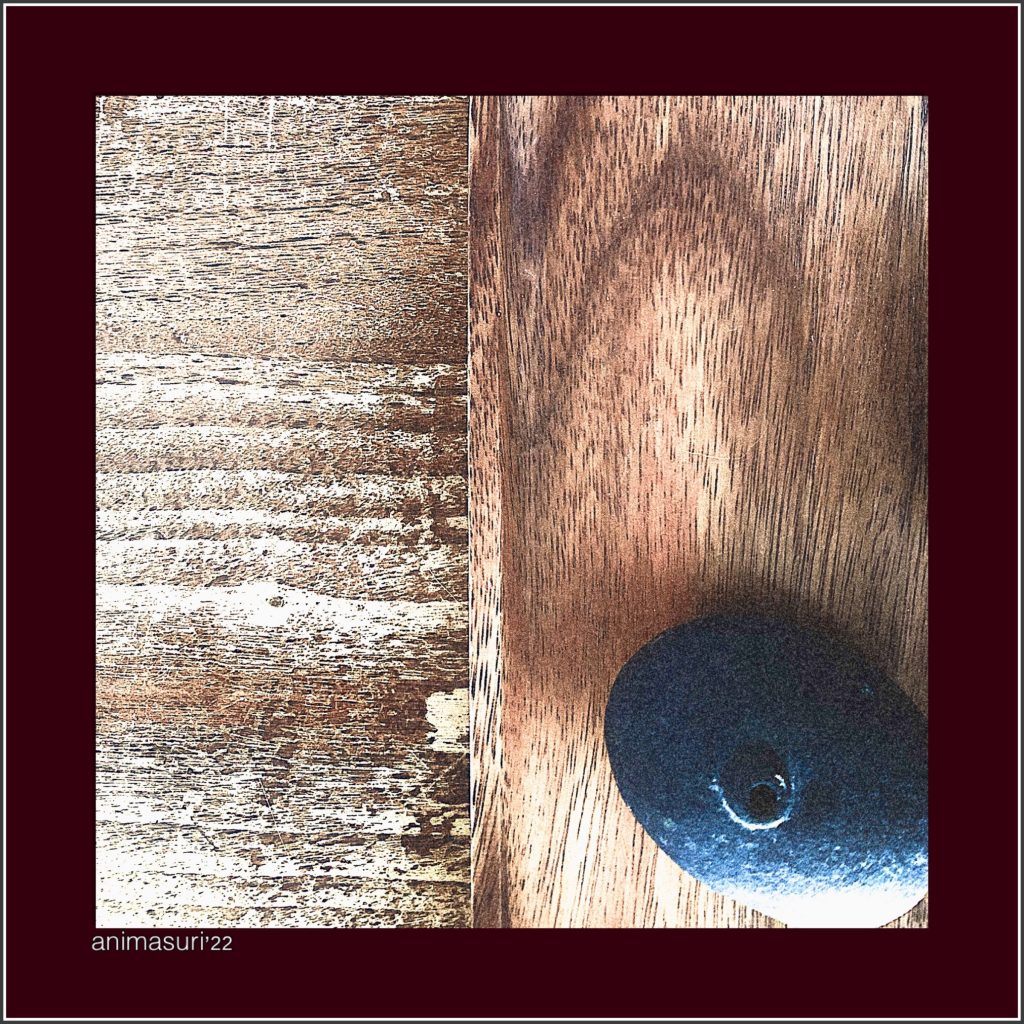Are we obsessively looking up and distracted by counting meals on the ceiling, dripping ocularly from last night’s bigbang? That one there sticking cornerly —gobbled up by the overflight of pla(i)n(e) air— has been my best so far. It is its attention in orbit that curves the fabric that some think to deny with fear of tripping over the utensils and interbellum sorbet spoons. It’s hanging out, you say? I could beg the differ yet have no idea what that would look like.
And then there is the space junk messing up mummy’s table cloth. “Oh why is she the sun in my eyes?” “Yes,” she retorted, “there is chaos in the milk, surely, we confide in the softness of the onlooker’s chair while hinting at its aftertaste.” Such is the simulation of sustenance:
virtual air brightens a blue sky hiding the horror of passing gas clouds reminiscent of wars of stars and planets. Their song of the orbs is polarity flattened to B minor and ellipsed by the sun spun spider’s spatula and flairs of burning plasma over a sunny side up egg.
“Dinner time!” a celestial voice calls the children to the table. “It’s all in good ending,” strung-voiced grandpa with a second breathe of youth preceding his last supper crossed out on the bucket list as an article written in a subscription-based peer-reviewed journal, given access to by syndication via translation into Brabantian dialect with Japanese overtones.
And, and, yes, and when the star busts widespread distribution, it can be guaranteed across multiple corners of the cosmos –shared across the heaven’s outlets, scraped into a set of promising data sets to be soon hacked by quantum de-anonymization.
Let him, that is grandpa’s bucket list, mind you, not deny the automated pattern recognition of teeth set into sentences styled by the finger fiddling baby playing with her food particles. “Dada, moomo gougu, iiiii!” having been awarded the highest probability for appearing preceding the fall of Rome and applesauce from said sad ceiling.
As a moment of contemplation the family beneath the falling dishes, sat scraping past worlds from celestial canvases overhead. “At least we are still here,” whispered auntie Bess enclosing the final stage of this ceremonious phase. “Dig in, identify, take in and digitize!” announced the digesting head at the table.
–animasuri’24
—-
triggers
Aaronson, S. A. (2023). Data Dysphoria: The Governance Challenge Posed by Large Learning Models. SSRN Electronic Journal. https://doi.org/10.2139/ssrn.4554580
Brown, A., Jardine, K., Price, J., Schill, N., Webb, C., & Guthrie, J. (2023). Using Automated Web Scraping to Document Variation in Sodium Content of Common School Meal Entrees. Journal of Nutrition Education and Behavior, 55(7), 100. https://doi.org/10.1016/j.jneb.2023.05.216
Dr.WSA. (2024, March 22). Cosmos. https://www.linkedin.com/feed/update/urn:li:activity:7176379107885162496?commentUrn=urn%3Ali%3Acomment%3A%28activity%3A7176379107885162496%2C7176688210100568064%29&dashCommentUrn=urn%3Ali%3Afsd_comment%3A%287176688210100568064%2Curn%3Ali%3Aactivity%3A7176379107885162496%29
Naoz, S. (2023). Planet swallowed after venturing too close to its star. Nature, 617(7959), 38–39. https://doi.org/10.1038/d41586-023-01385-3
Gibney, E. (2024). Planet-eating stars hint at hidden chaos in the Milky Way. Nature. https://doi.org/10.1038/d41586-024-00847-6
Pandey, P., Jo, H., & Tseng, A. (2024). Adapting to AI: Approaches for Digital Publishers in Managing Web Scraping. SSRN Electronic Journal. https://doi.org/10.2139/ssrn.4714744
Park, Y., & Shin, Y. (2022). Novel Scratch Programming Blocks for Web Scraping. Electronics, 11(16), 2584. https://doi.org/10.3390/electronics11162584
Smith, G. J. (2020). The politics of algorithmic governance in the black box city. Big Data & Society, 7(2), 2053951720933989. https://doi.org/10.1177/2053951720933989
Zhang, Y. (2023). Research on the Mechanism of Intelligent Education Enabled by Natural Language Processing Technology. In Proceedings of the 2023 4th International Conference on Big Data and Informatization Education (ICBDIE 2023) (pub.1164360631; pp. 257–267). https://doi.org/10.2991/978-94-6463-238-5_35



















